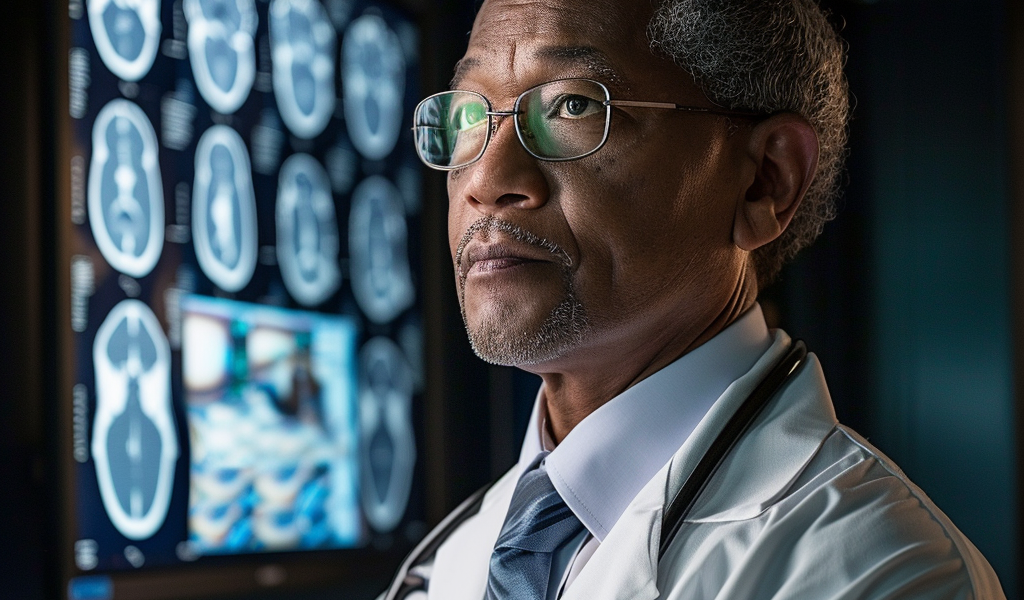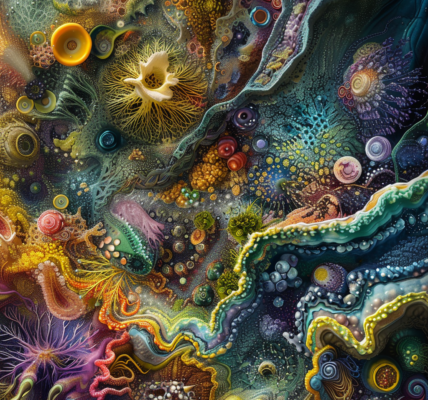Geoffrey Hinton, renowned as the “Godfather of AI,” recently garnered attention after being awarded the Nobel Prize in Physics. At 76 years old, Hinton’s pioneering work in neural networks has significantly contributed to the rapid development of artificial intelligence. However, his recent warnings regarding the potential dangers of AI have sparked debate among professionals in various fields, particularly in medicine.
In 2016, during a pivotal moment in the evolution of AI, Hinton made a bold prediction that reverberated through the medical community. He suggested that machine learning would surpass human radiologists within a mere five years. This statement sent shockwaves through the field, leading many aspiring radiologists to reconsider their career paths. As a physician currently in my second year of residency, I vividly remember how Hinton’s remarks influenced discussions about the future of radiology.
Hinton’s assertion that we should halt the training of new radiologists due to the impending capabilities of deep learning was alarming. His words painted a picture of an impending obsolescence for a profession that requires extensive training and expertise. The late 2010s saw a surge in articles predicting the demise of radiology, and many individuals chose to pursue alternative careers based on these forecasts.
Fast forward to today, and the reality is starkly different from Hinton’s predictions. Eight years have elapsed since his forecast, and it is evident that deep learning has not yet reached the level of proficiency required to replace human radiologists. In fact, the medical field is currently grappling with an unprecedented shortage of radiologists, leading to significant backlogs in imaging services at various healthcare facilities.
While Hinton’s insights into the potential of AI in radiology were not entirely unfounded, his earlier predictions failed to capture the complex dynamics at play in the integration of technology into healthcare. The truth is that the journey to becoming a radiologist is a lengthy and rigorous process. After completing an undergraduate degree, aspiring radiologists must undergo four years of medical school, followed by a year of general medicine, and then an additional four years of specialized residency training in radiology. Many also pursue one to two years of fellowship training in subspecialties. This extensive education underscores the intricate nature of the work and raises questions about the feasibility of replacing human expertise with algorithms.
Concerns about job security in the face of advancing technology are understandable. The rapid growth of AI applications in various sectors, including healthcare, has led to fears of widespread job displacement. However, it is crucial to recognize that the potential of AI in radiology does not necessarily equate to outright replacement of human professionals. Rather, AI can serve as a valuable tool that enhances the capabilities of radiologists, allowing them to focus on more complex cases and improve patient outcomes.
The integration of AI into radiology holds promise for improving efficiency and accuracy in diagnostic imaging. AI algorithms can assist in the analysis of medical images, identifying patterns and anomalies that may be overlooked by human eyes. This collaborative approach can lead to more accurate diagnoses and timely interventions, ultimately benefiting patient care.
As the healthcare landscape continues to evolve, it is essential for professionals to adapt and embrace the advancements in technology. Radiologists can leverage AI to streamline their workflows, reduce burnout, and enhance their diagnostic capabilities. By incorporating AI into their practice, radiologists can focus on critical decision-making and patient interactions, areas where human expertise remains irreplaceable.
Moreover, the ongoing shortage of radiologists highlights the need for innovative solutions to address the growing demand for imaging services. AI can play a pivotal role in alleviating some of the pressures faced by radiologists, enabling them to manage higher volumes of cases without compromising the quality of care.
While Hinton’s initial predictions may have been overly optimistic regarding the timeline for AI’s impact on radiology, the conversation surrounding the role of technology in healthcare is far from over. As AI continues to evolve, it is crucial for professionals in the field to engage in discussions about its ethical implications and the need for responsible implementation.
Ultimately, the future of radiology will likely involve a symbiotic relationship between human expertise and artificial intelligence. Rather than viewing AI as a threat, radiologists can embrace it as an ally in their pursuit of excellence in patient care. The journey ahead may be complex, but the potential for improved outcomes and enhanced patient experiences makes it an exciting time to be part of the medical community.





